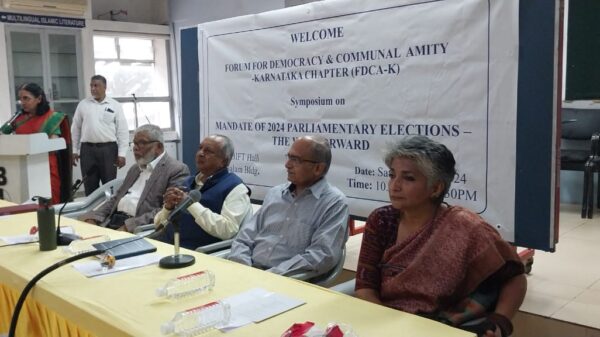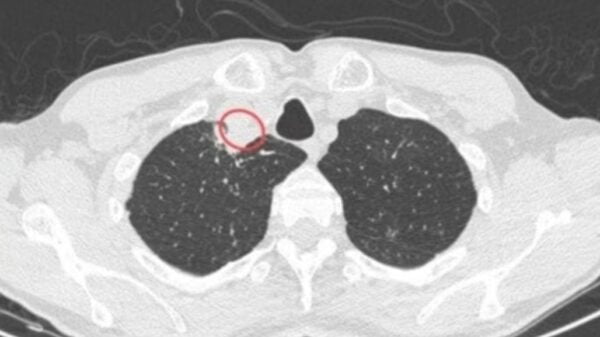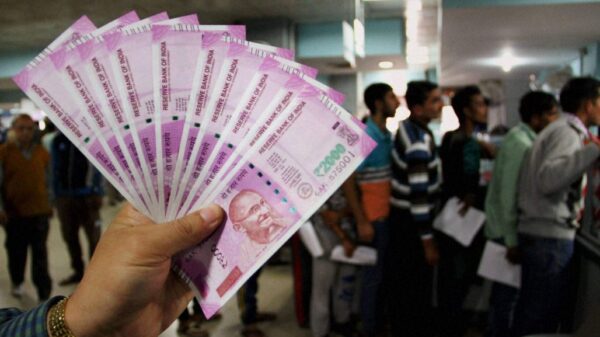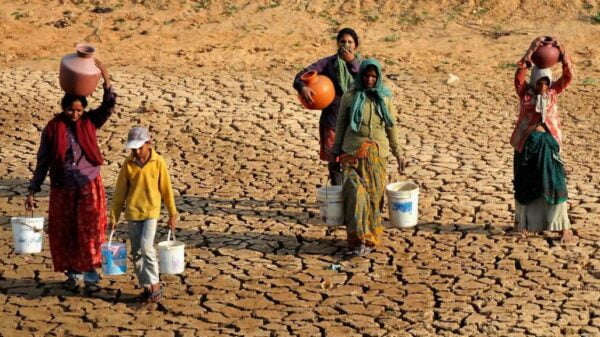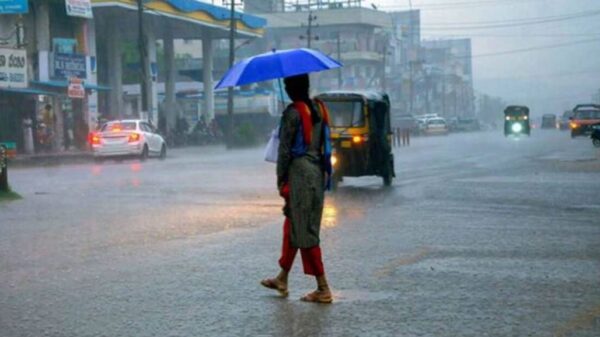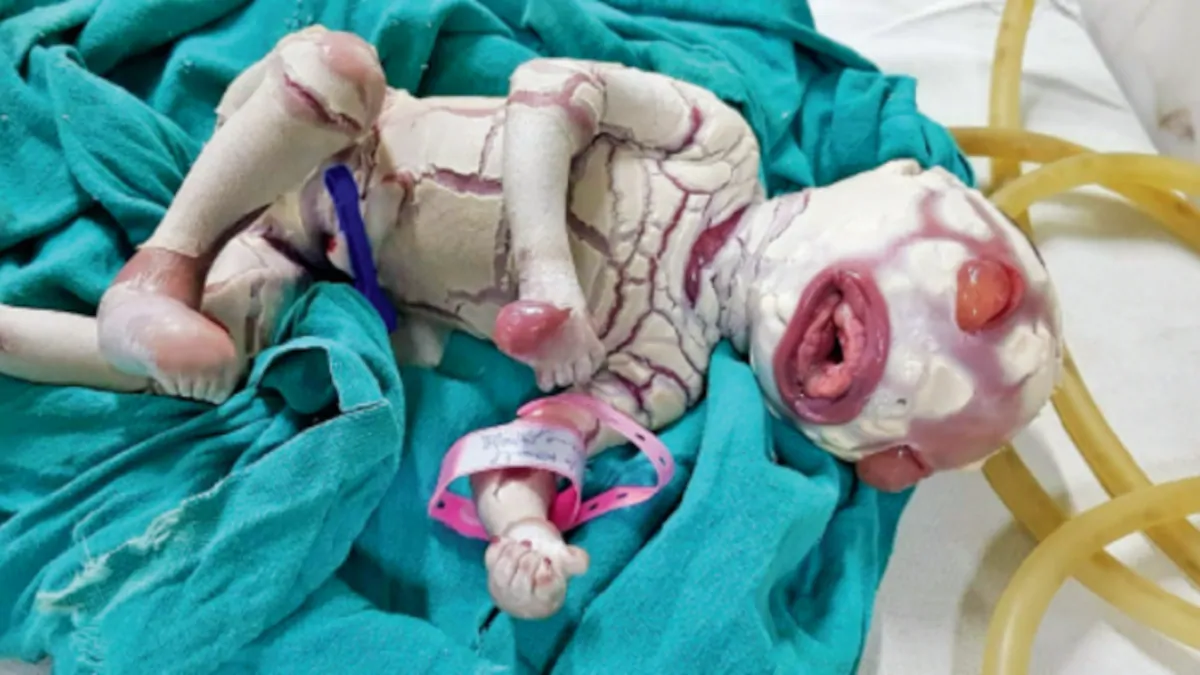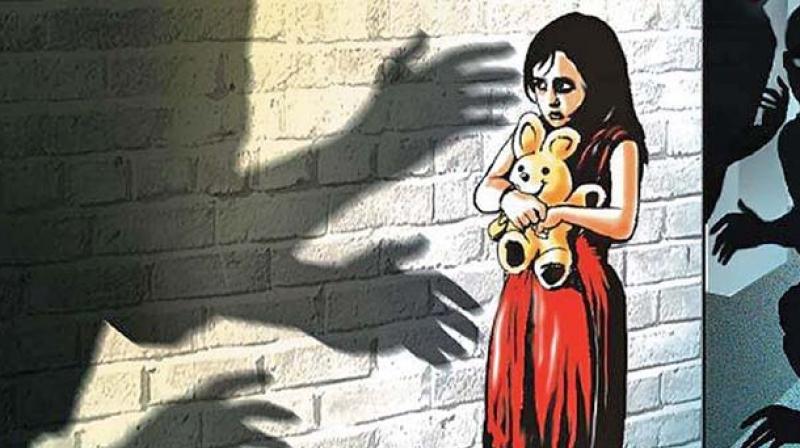A recent case of the Zika virus near Bengaluru has sparked health alerts in the region after a mosquito in Chikkaballapur tested positive for the virus in August. Authorities are diligently examining all fever cases, with a particular focus on Talkaebetta, the area from where the infected sample originated. Dr. S. Mahesh, the District Health Officer, reported that out of 100 samples collected statewide, six were from Chikkaballapur, five of which tested negative, and one was confirmed to be positive. With the recent history of Zika virus cases in India, health officials are taking proactive measures to contain any potential outbreak.

Source: BNN Breaking
Zika Virus: A Growing Public Health Concern:
Zika virus (ZIKV) disease (ZVD) has emerged as a significant public health issue since the 2016 outbreak in Brazil. The virus is primarily transmitted by the Aedes mosquito, which is active during the daytime. Common symptoms of the disease, as identified by the World Health Organization (WHO), include rashes, fever, conjunctivitis, muscle and joint pain, malaise, and headaches. Typically, these symptoms persist for a duration of 2-7 days.
The Zika virus was first discovered in the Zika forest in Uganda in 1947 and has since led to various outbreaks in regions such as Africa, Southeast Asia, and the Pacific Islands. Notably, cases were also reported in Kerala, Maharashtra, and Uttar Pradesh several months ago, emphasizing the need for heightened vigilance and preventive measures.
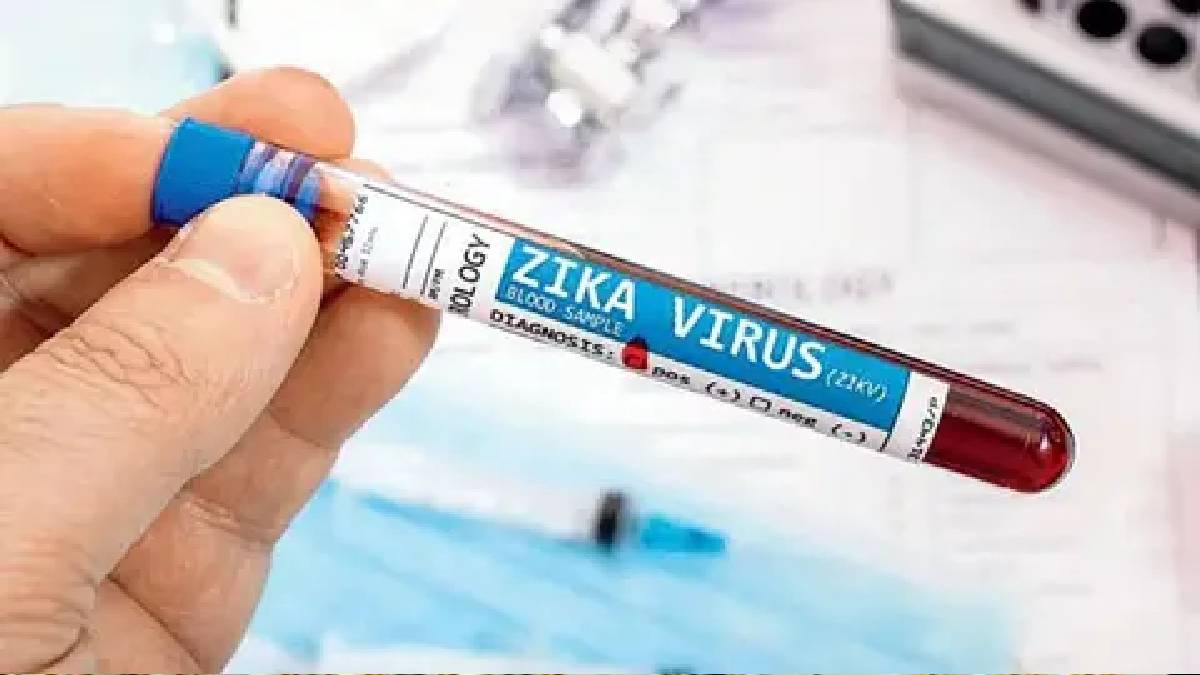
Source: News24 Hindi
While Zika virus disease is generally mild and does not require specific treatment, individuals affected by the virus are advised to get plenty of rest, stay well-hydrated, and manage pain and fever with paracetamol. Medical attention should be sought if symptoms worsen. It is crucial to note that no vaccine for the Zika virus is currently available, underscoring the importance of preventive measures and public health vigilance. As authorities in Bengaluru remain on high alert, efforts are being made to contain the spread of the virus and ensure the well-being of the local population.

























